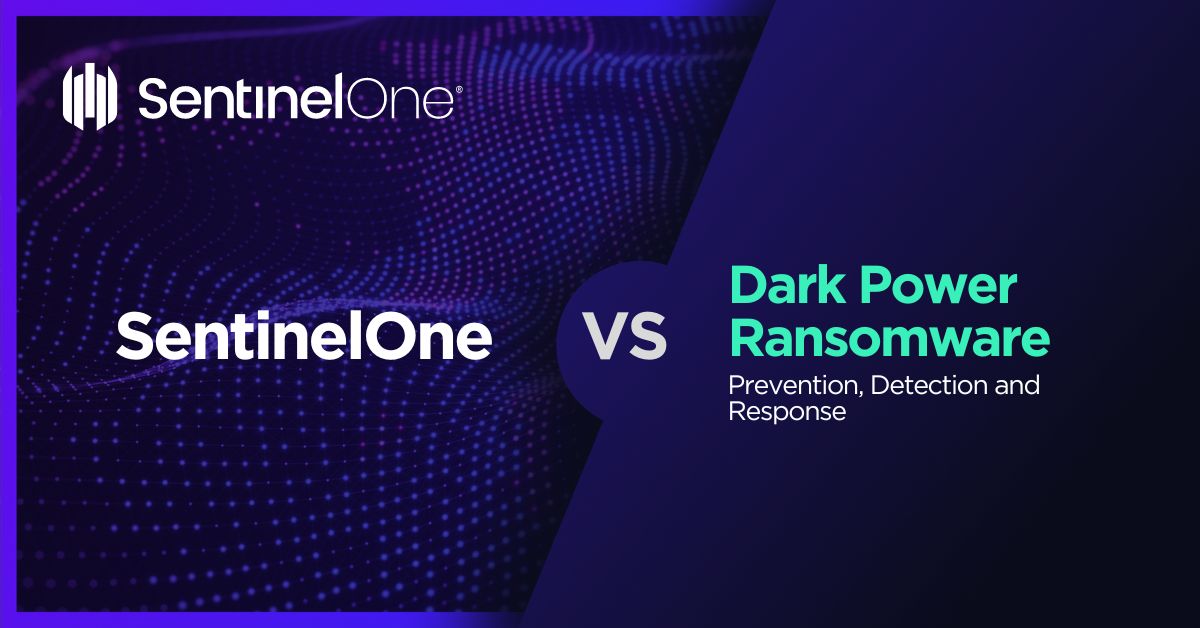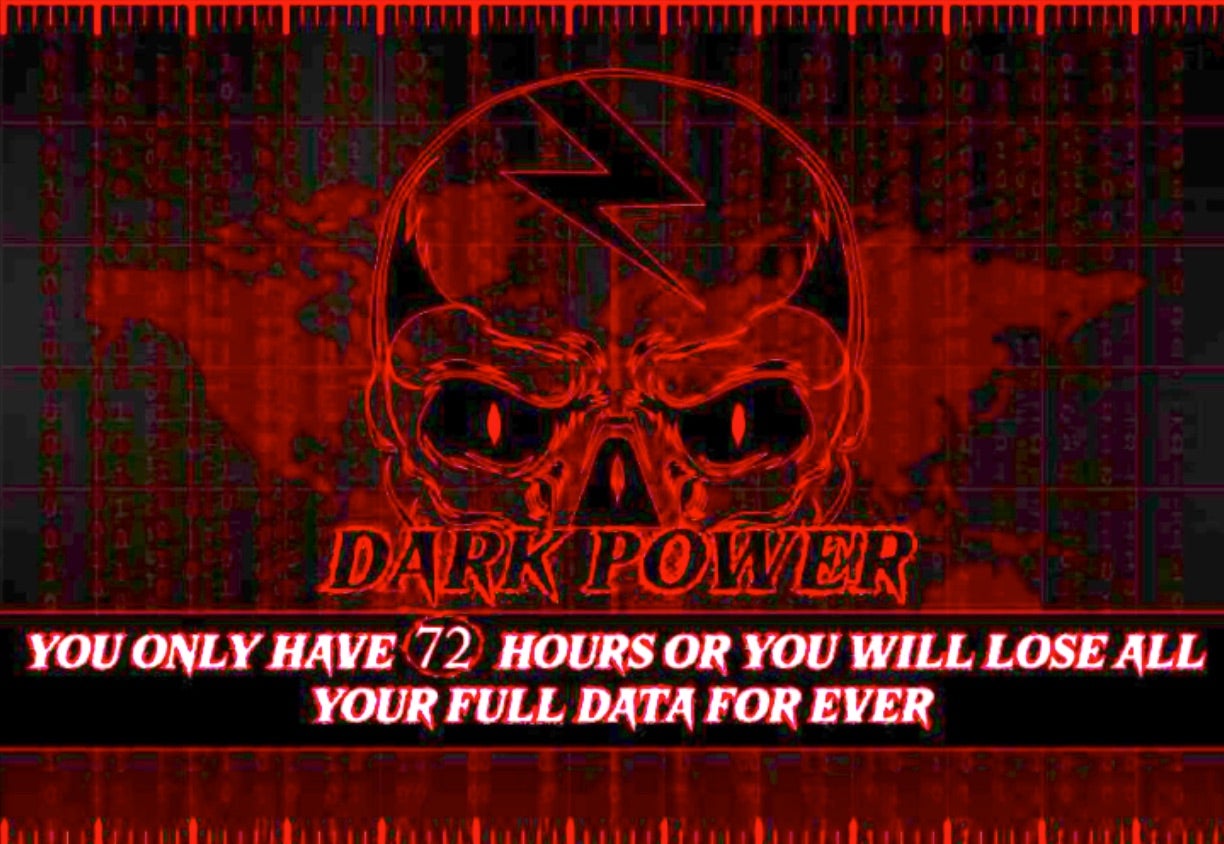Dark Power Ransomware: In-Depth Analysis, Detection, and Mitigation
What Is Dark Power Ransomware?
Dark Power ransomware first emerged in early 2023. The group engages in multi-extortion, threatening to release victim data upon their failure to comply with attacker demands. Dark Power is written in Nim, which is a multi-platform language.

What Does Dark Power Ransomware Target?
Dark Power also has standard ransomware features such as VSS removal. Upon infection, a multi-page PDF file is dropped with victim instructions in lieu of a traditional ransom note. Threat actors behind Dark Power campaigns attack various industries and geographic locations without discrimination. The attacks are more opportunistic in nature, as opposed to direct targeting.

How Does Dark Power Ransomware Work?
Dark Power is written in Nim, which is a multi-platform language. Dark Power’s encryption method is based on AES CTR (counter/block cipher mode), using the Nimcrypto library. Internal string encryption is handled via a combination of base64 encoding and a hard-coded SHA256 key.
Encrypted files are noted with a .darkpower file extension. In addition, the ransomware will attempt to terminate various services which may inhibit the encryption process. These include services related to Sophos, MailEnable, MSSQL, and generically any ‘SQL’ or ‘Backup’ related services and processes. The ransomware does also include a hardcoded list of individual processes to terminate, along with specific files and folders to exclude from the encryption process. Once encryption is complete, the ransomware will disable/destroy Volume Shadow Copy (VSS) volumes and attempt to clear Windows Event Logs (via WMIC).
Dark Power requires victims to pay their extortion fees in XMR (Monero). Early campaigns featured ransom amounts of $10,000 USD. Details for contacting the attacker are included in Dark Power ransom notes. Victims are provided a .onion URL (TOR) along with a qTox messenger ID for direct communication.
How to Detect Dark Power Ransomware
The SentinelOne Singularity XDR Platform can identify and stop any malicious activities and items related to Dark Power Ransomware.
In case you do not have SentinelOne deployed, detecting Dark Power ransomware requires a combination of technical and operational measures designed to identify and flag suspicious activity on the network. This allows the organization to take appropriate action, and to prevent or mitigate the impact of the ransomware attack.
To detect Dark Power ransomware without SentinelOne deployed, it is important to take a multi-layered approach, which includes the following steps:
- Use anti-malware software or other security tools capable of detecting and blocking known ransomware variants. These tools may use signatures, heuristics, or machine learning algorithms, to identify and block suspicious files or activities.
- Monitor network traffic and look for indicators of compromise, such as unusual network traffic patterns or communication with known command-and-control servers.
- Conduct regular security audits and assessments to identify network and system vulnerabilities and ensure that all security controls are in place and functioning properly.
- Educate and train employees on cybersecurity best practices, including identifying and reporting suspicious emails or other threats.
- Implement a robust backup and recovery plan to ensure that the organization has a copy of its data and can restore it in case of an attack.
How to Mitigate Dark Power Ransomware
The SentinelOne Singularity XDR Platform can return systems to their original state using either the Repair or Rollback feature.
In case you do not have SentinelOne deployed, there are several steps that organizations can take to mitigate the risk of Dark Power ransomware attacks:
1. Educate Employees
Employees should be educated on the risks of ransomware, and on how to identify and avoid phishing emails, malicious attachments, and other threats. They should be encouraged to report suspicious emails or attachments, and to avoid opening them, or clicking on links or buttons in them.
2. Implement Strong Passwords
Organizations should implement strong, unique passwords for all user accounts, and should regularly update and rotate these passwords. Passwords should be at least 8 characters long, and should include a combination of uppercase and lowercase letters, numbers, and special characters.
3. Enable Multi-factor Authentication
Organizations should enable multi-factor authentication (MFA) for all user accounts, to provide an additional layer of security. This can be done through the use of mobile apps, such as Google Authenticator or Microsoft Authenticator, or through the use of physical tokens or smart cards.
4. Update and Patch Systems
Organizations should regularly update and patch their systems, to fix any known vulnerabilities, and to prevent attackers from exploiting them. This includes updating the operating system, applications, and firmware on all devices, as well as disabling any unnecessary or unused services or protocols.
5. Implement Backup and Disaster Recovery
Organizations should implement regular backup and disaster recovery (BDR) processes, to ensure that they can recover from ransomware attacks, or other disasters. This includes creating regular backups of all data and systems, and storing these backups in a secure, offsite location.
The backups should be tested regularly, to ensure that they are working, and that they can be restored quickly and easily.